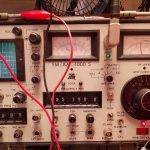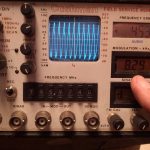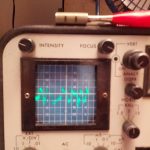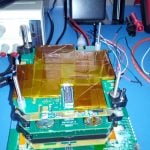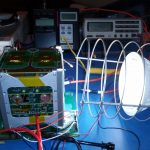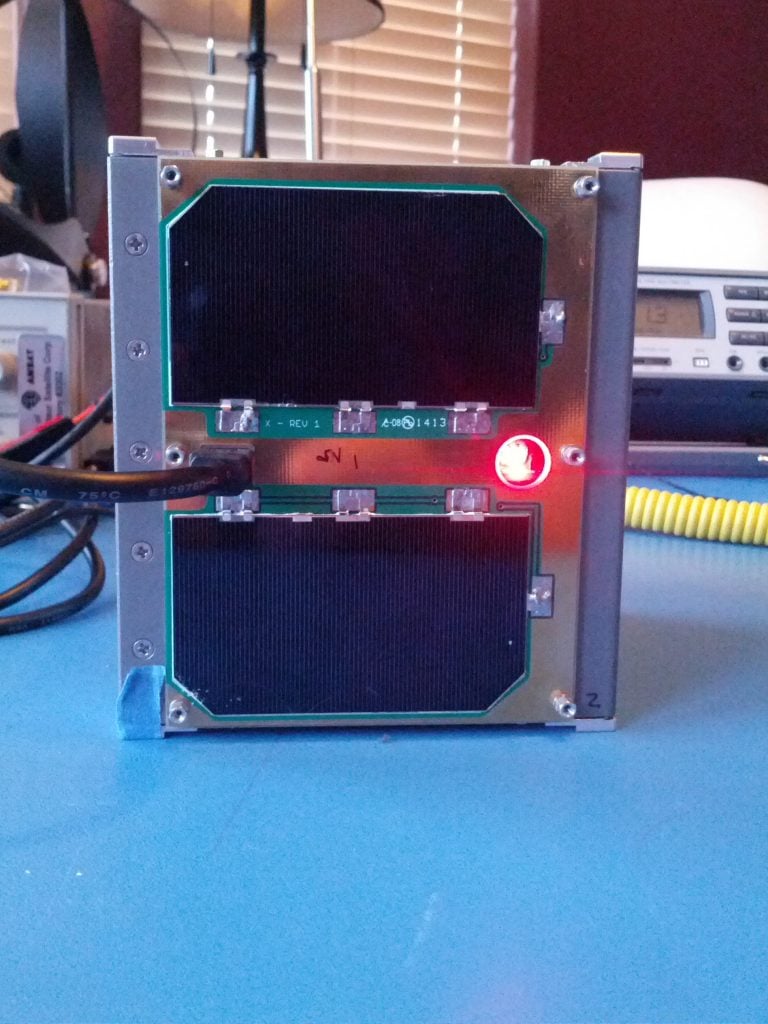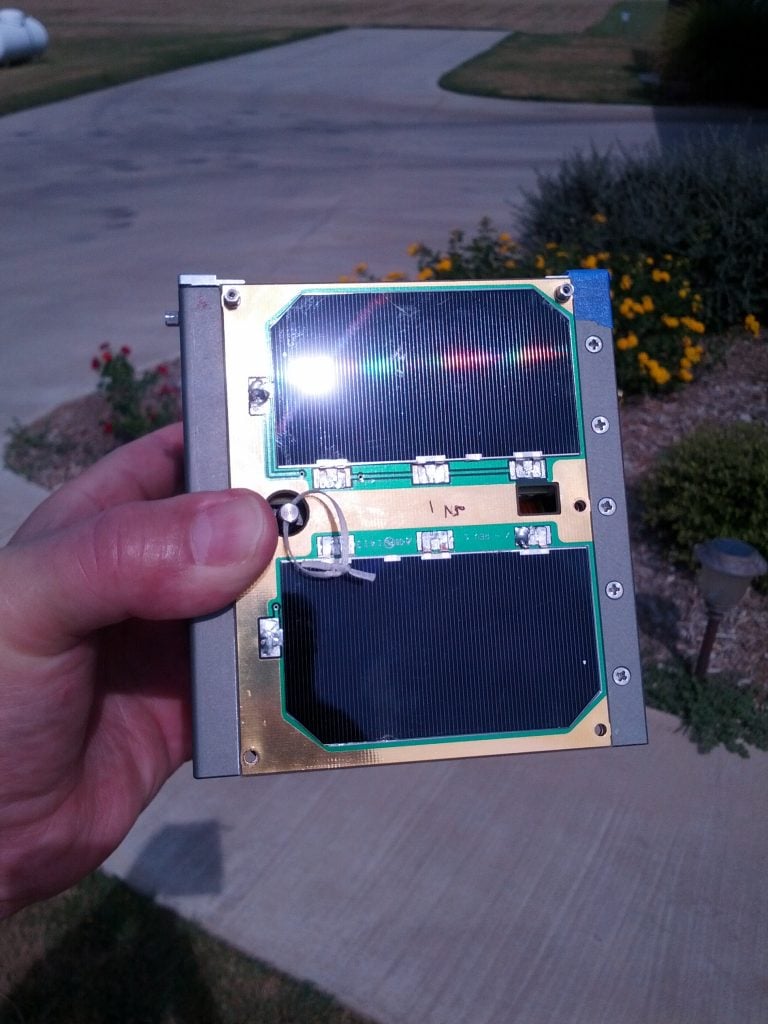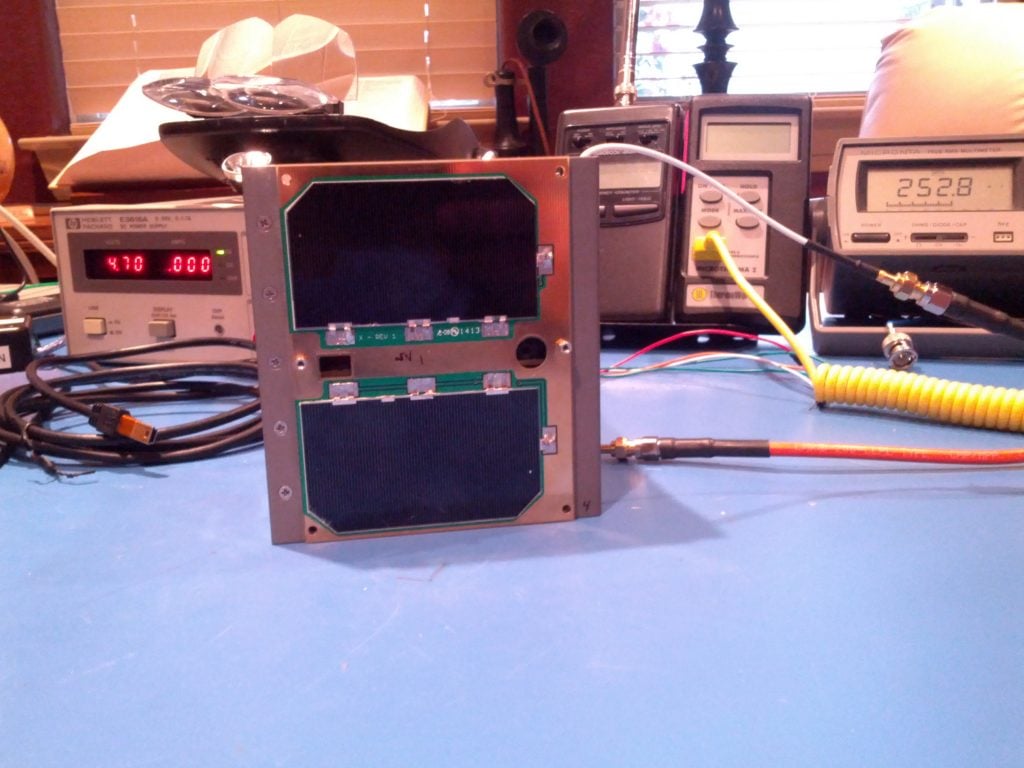The Fox-1 series of satellites feature a slow speed telemetry, with 200 bps data being sent along with the transponder audio or voice ID activity. This allows telemetry to be sent continuously during normal transponder operation while QSOs are taking place.
The slow speed data is contained in the audio spectrum below 300 Hz. Using DSP techniques, high pass filtering is applied to the uplink signal and voice IDs, low pass filtering is applied to the telemetry audio which is generated by the IHU, and the combined audio is sent on the downlink as the voice and data. Forward error correction added to the downlink stream provides data recovery for up to 1/4 second signal fades.
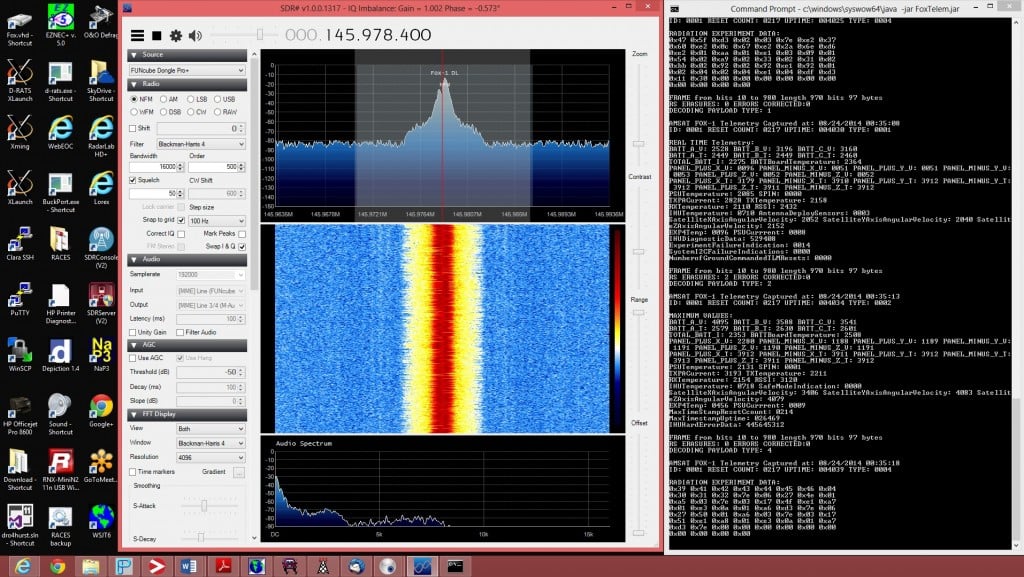
The slow speed data on Fox-1A contains four different payload types: Current telemetry readings, High telemetry readings, Low telemetry readings, and Vanderbilt University radiation experiment telemetry. The payloads are transmitted in a scheduled rotation that delivers one payload or frame about every 5 seconds. Current telemetry is thus received every 15 seconds, experiment telemetry is received about twice every 15 seconds, and high or low telemetry received once every minute (alternating minutes between high and low).
The telemetry contains many satellite health and operation values, including readings such as solar panel output, battery voltages, temperatures from various areas of the satellite, IHU performance, and the Penn State University MEMS gyro experiment data.
AMSAT will be providing free GUI software for decoding and displaying both slow and high speed telemetry from the Fox-1 series of satellites, as we get closer to launch. The software will be similar to the user software that was provided for ARISSat-1.



